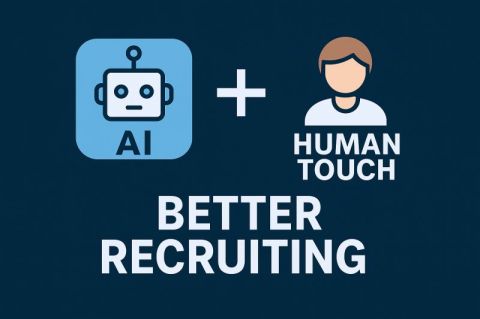How to Balance AI & Human Touch in Modern Job Descriptions
Gone are the days when recruiting was done through newspaper ads and cold calls. Nowadays, algorithms are the tool through which jobseekers are most likely to find their next employer. However, the most clever companies still realize that technology by itself does not do the selling of the job - it depends on how you use it.
The people who get the best hire results are the ones who skillfully balance between AI in job ads and the human touch.
The businesses that implement automation while still maintaining the personal tone of their job ads have a lot to teach us about not losing the human touch in writing job ads.










